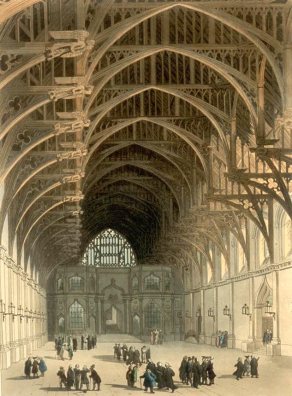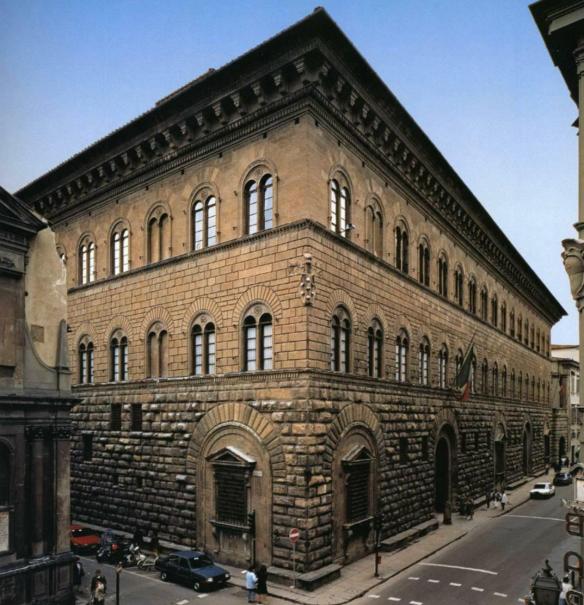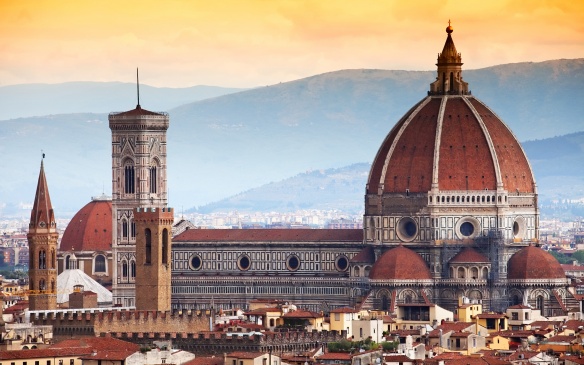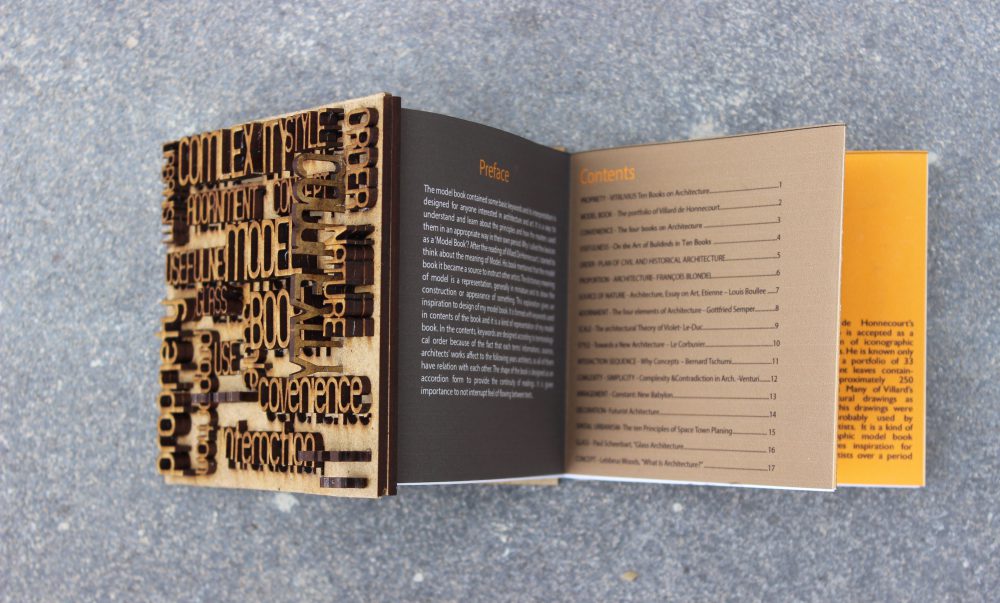
This reading is about changes in cities, layout of new towns..etc. The strength of cities comes from the free exchange of goods and services, a function which bishops and feudal lords did not encourage. Even so, an episcopal or royal palace helped to some extent. On the other hand, fairs and pilgrimages, increasingly safe after the year 1000, breathed life , into stagnant cities. The healthier among them tempted the passing tradesmen to settle for good. These extramural merchant colonies, called faubourgs in French, were the beginning of urban expansion. The faubourgs were just outside the town, in front of one of the gates or across the river. The walls were there to control entry in peacetime, as well as to safeguard the trading activities of foreigners who paid for the privilege. The personal safety of the town people was only one aspect of defensive outlays. It was imperative to keep the town small, not only because walls cost dearly to built, but also because unlimited expansion reduced the take at the gates and diluted the rights of those within. Under the circumstances, the most sensible layout was the wheel: radial streets converging on the hub from the gates of a circular wall. In the older Roman grids, on the other hand, which favored the four arms of the crossing axis, diagonals might be cut through the rectilinear blocks, or secondary markets might be established away from the main marketplace.
In new towns term, an occasional bishop or abbot began to establish new towns. For the royal houses, this activity was an overall strategy to take effective possession of their territory by populating it. The towns always small and the land subdivided into burgage plots, was distributed among the first comers. Each men had to build his own house on the plot given him, with this way towns plans started to occur.

The city center in Florence, the very design of the city-form was both cumulative and participatory. In early fourteenth century the city center was an imposing ensemble of new public buildings, among which visual relationship were being clarified step by step. Also in this term, the commune was busy with the cathedral, Orsanmichele, and the latest set of walls begun. The most famous structure was the Florence Cathedral in that term. To construct the dome of Florence Cathedral, often mislabeled as the first Renaissance structure. It was inspired by the Pantheon, its construction was of a double-shelled type built around a Gothic ripped vault. Also the basilica is one of Italy’s largest churches, and until development of new structural materials in the modern era, the dome was the largest in the world. It remains the largest brick dome ever constructed.

